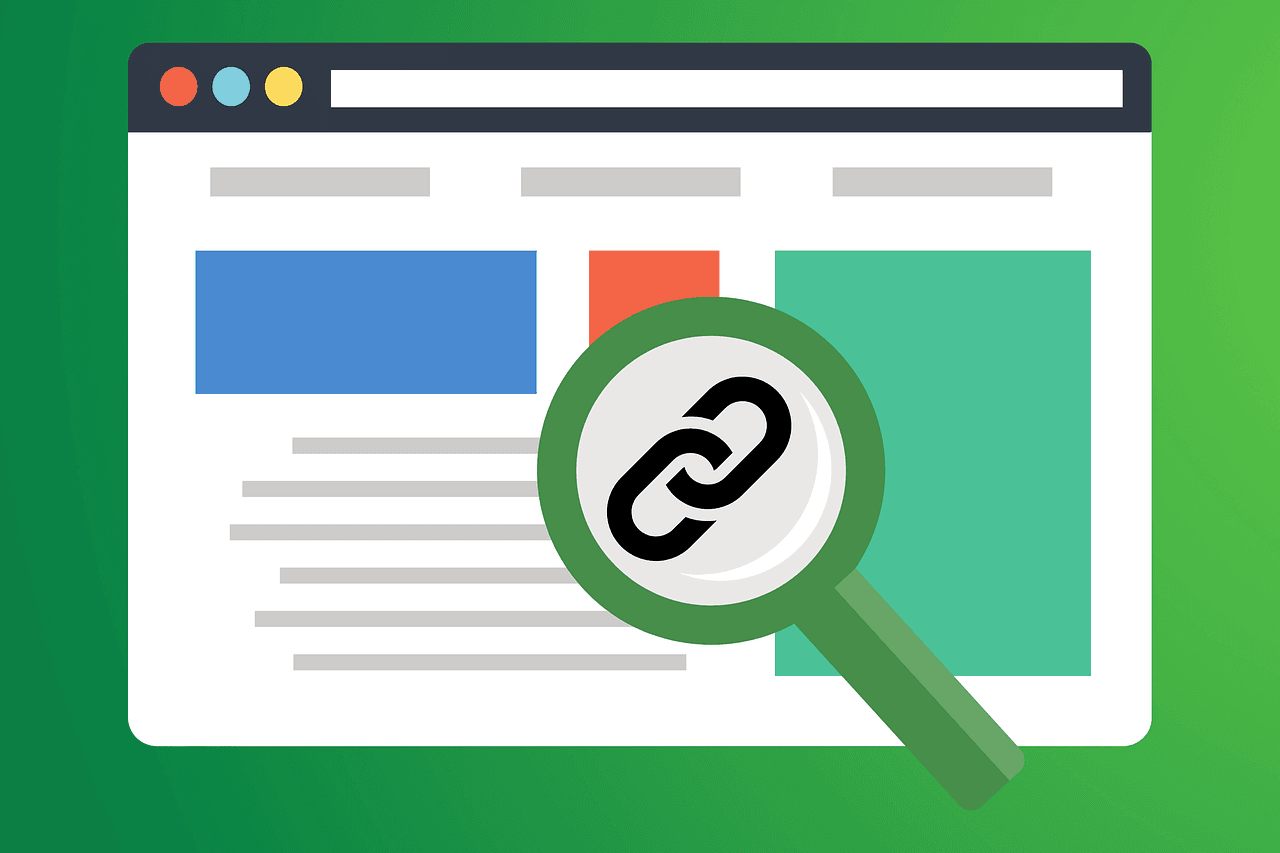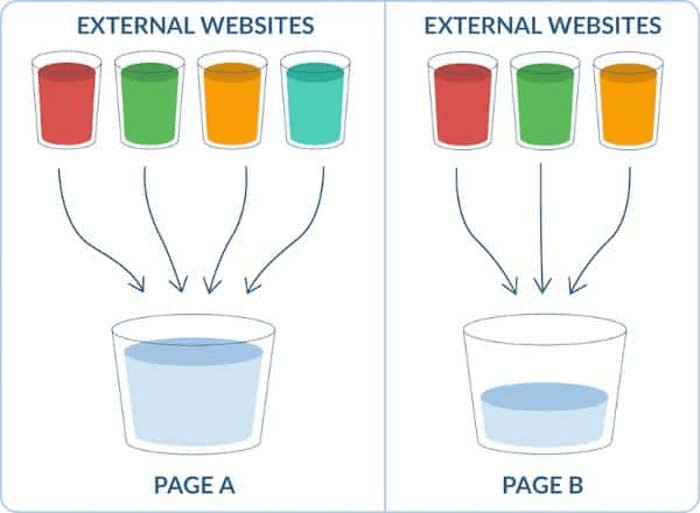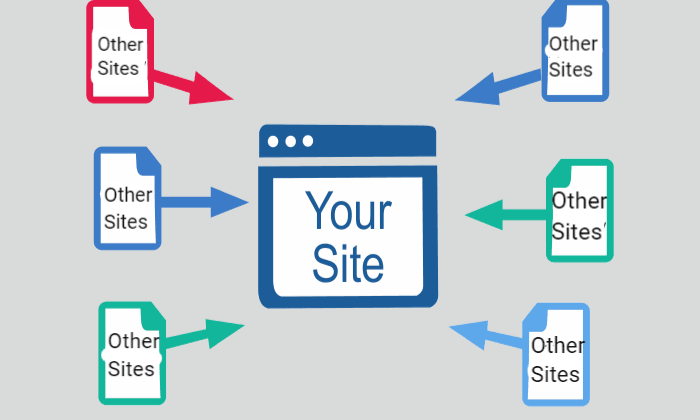SEO keyword difficulty helps determine how tough it is to rank for specific keywords. It’s key for targeting the right terms in your SEO strategy. At Keyword Metrics, we simplify SEO concepts like this, so you can make smarter decisions and boost your rankings. Explore now!
What is SEO Keyword Difficulty?
SEO keyword difficulty is a metric that evaluates how challenging it is to rank on search engine result pages (SERPs) for a specific keyword. This measurement takes into account factors such as the strength of competitors’ websites, the quality of their content, and the number of backlinks they have.
It is typically represented as a score, ranging from easy (low difficulty) to hard (high difficulty), and helps digital marketers choose the best keywords to target for their SEO strategies.
How Keyword Difficulty Works in SEO
SEO keyword difficulty is determined using algorithms that analyze the competitive landscape of a keyword. Key elements include:
- Authority of Competing Websites: Search engines prioritize websites with high domain authority. If the top-ranking pages for a keyword belong to well-established sites, the difficulty will be higher.
- Content Relevance and Quality: High-quality, in-depth content that directly addresses a keyword tends to rank better. If competitors already have excellent content, it raises the bar.
- Backlink Profiles: The number and quality of backlinks to top-ranking pages significantly influence keyword difficulty. Strong backlink profiles make it harder for new content to outrank them.
- Search Volume and Intent: Keywords with high search volume often attract stiff competition. Additionally, the intent behind the keyword (informational, transactional, etc.) can also affect its difficulty.
Example: Consider the keyword "best laptops 2024." If the top results are from major tech review sites like CNET or TechRadar, the difficulty score will be high due to their authority and backlinks.

Keyword Difficulty: Not a Google Ranking Factor
It's important to note that Google itself does not directly use keyword difficulty as a ranking factor. Instead, Google's algorithm evaluates a range of factors, such as content quality, backlinks, site authority, and user intent, to determine rankings.
Keyword difficulty is a proprietary metric created by SEO tools to help marketers understand how challenging it might be to rank for a specific keyword based on factors like competition, search volume, and the authority of the current top-ranking pages.
Different SEO tools, such as Ahrefs, SEMrush, Moz, and Keyword Metrics, all use their own algorithms to calculate keyword difficulty, which means you may see slightly different difficulty scores across these platforms.
While keyword difficulty is a helpful guide for planning your SEO strategy, it should not be viewed as an exact science. Rather, it's one of many tools that can assist in identifying the best keywords to target and optimize for in your content strategy.
Why is SEO Keyword Difficulty Important?
Understanding SEO keyword difficulty is critical for efficient resource allocation and successful SEO campaigns. Here’s why:
- Targeting the Right Keywords: By assessing difficulty, marketers can prioritize keywords that offer a balance between search volume and ranking feasibility.
- Optimizing Content Strategy: Optimizing content strategy with our Keyword Metrics tool can help you easily identify low-difficulty keywords, often referred to as "low-hanging fruit," enabling your website to gain visibility faster.
- Competitor Analysis: Analyzing keyword difficulty provides insights into competitors’ strengths and weaknesses, helping refine your SEO strategy.
Pro Tip: Focus on long-tail keywords (e.g., "affordable gaming laptops under $1,000") that generally have lower difficulty and more specific search intent.
Tools for Analyzing SEO Keyword Difficulty
To effectively assess and tackle SEO keyword difficulty, various tools can help streamline the process, saving you time and ensuring you're targeting the most relevant keywords.
Below are some popular tools that can help simplify this task:
Keyword Metrics
Keyword Metrics is a powerful tool that integrates with Google Search Console helping you assess keyword difficulty by scanning your existing content and identifying keywords you already rank for but aren’t targeting well. It provides insights into low-difficulty, high-opportunity keywords that can boost your rankings.
With features like content optimization suggestions and weekly keyword reports, Keyword Metrics helps you focus on the best opportunities to improve your SEO and rank higher with less effort.
Ahrefs
Ahrefs is a comprehensive SEO toolset that includes a keyword difficulty metric. It provides in-depth keyword analysis, backlink tracking, and competitor research. The Keyword Explorer tool shows keyword difficulty and gives insights into how tough it will be to rank for specific terms.
Google Keyword Planner
Google’s Keyword Planner is a free tool that provides keyword suggestions and helps evaluate their potential. While it doesn’t provide an explicit keyword difficulty score, it offers insights into competition and estimated bid amounts for paid search, which can indicate competition levels.
Pro Tips for Using SEO Keyword Difficulty Effectively
- Use SEO Tools: Leverage tools like to analyze keyword difficulty scores and get detailed insights.
- Balance Difficulty and Volume: Avoid solely chasing low-difficulty keywords. While they are easier to rank for, they may have lower search volume and impact. Aim for a mix.
- Focus on Niche Topics: Niche keywords often have less competition. Tailoring content around specific user needs can help you rank higher with fewer resources.
- Regularly Reassess: Keyword difficulty changes over time as new competitors emerge or old ones update their content. Periodically review your target keywords.
Example Workflow:
- Identify seed keywords relevant to your business.
- Analyze keyword difficulty scores for each using an SEO tool.
- Select keywords with a difficulty score suitable for your website’s domain authority.
- Create high-quality content that meets user intent.
Practical Applications of SEO Keyword Difficulty
- Blog Content: Use keyword difficulty to find topics where your blog can gain visibility quickly. For instance, instead of targeting "digital marketing," try "digital marketing tips for small businesses."
- E-commerce Pages: Optimize product and category pages for lower-difficulty keywords that describe specific products or features.
- Local SEO: For small businesses, targeting local keywords (e.g., "coffee shops in Brooklyn") can yield better results than competing for general terms like "coffee shops."
FAQs About SEO Keyword Difficulty
Q: What’s a good keyword difficulty score to target?
A: For new websites, aim for keywords with a difficulty score below 30 (depending on the tool). As your domain authority grows, target more competitive keywords.
Q: Can I rank for high-difficulty keywords?
A: Yes, but it requires strong domain authority, excellent content, and a robust backlink strategy. Start with low-to-medium difficulty keywords to build momentum.
Q: How often should I check keyword difficulty?
A: Review keyword difficulty quarterly or whenever you update your content strategy to ensure relevance and competitiveness.
Q: Are low-difficulty keywords always better?
A: Not necessarily. They may have lower search volume, which can limit traffic potential. Balance difficulty with potential ROI.
Related Glossary Terms to Explore
- Search Volume: Learn how to evaluate the number of searches for a keyword.
- Backlinks: Understand the importance of external links in SEO.
- Domain Authority: Find out how website strength impacts rankings.


